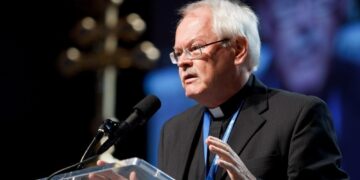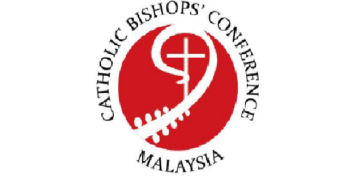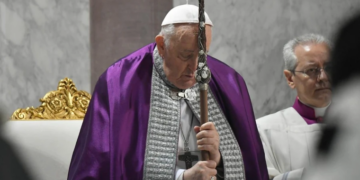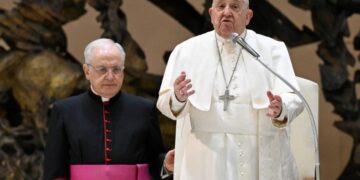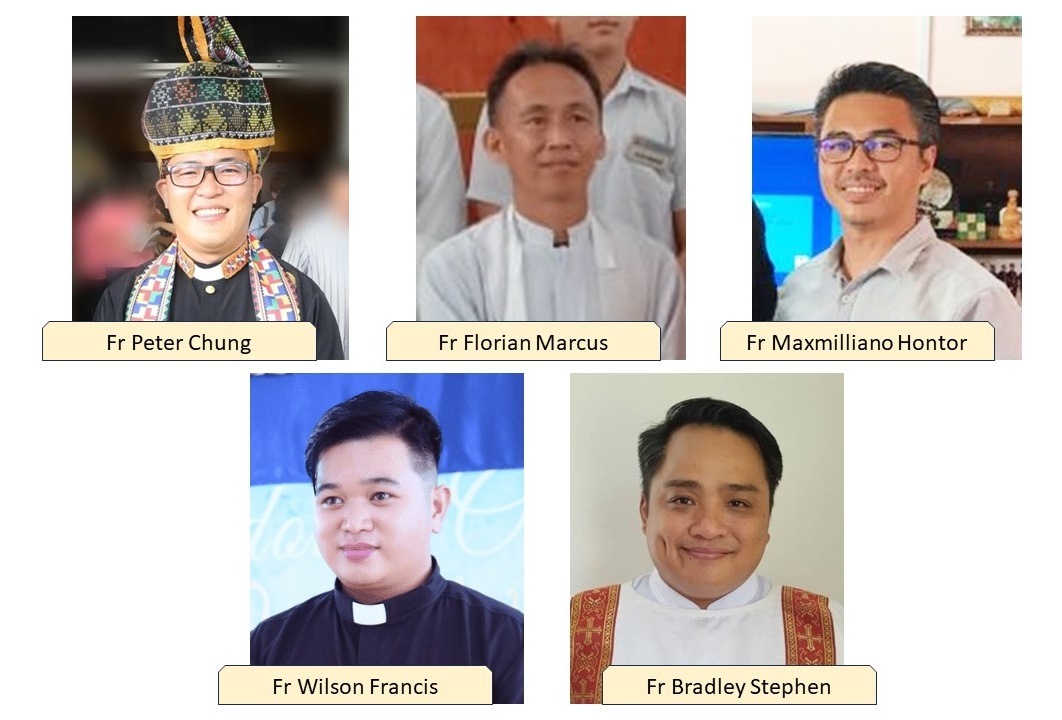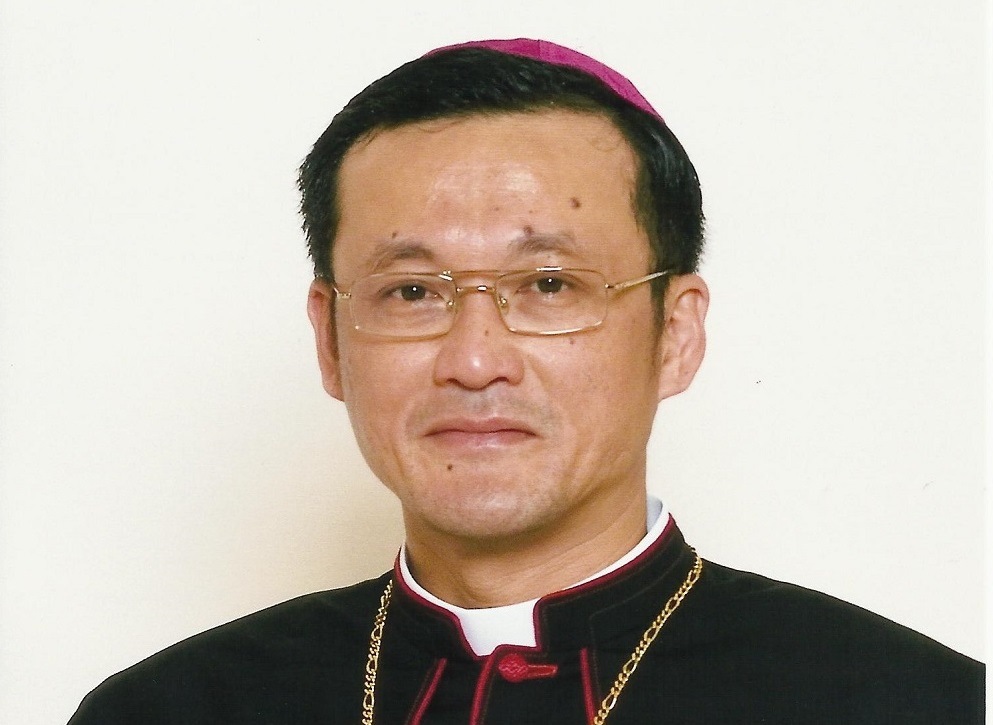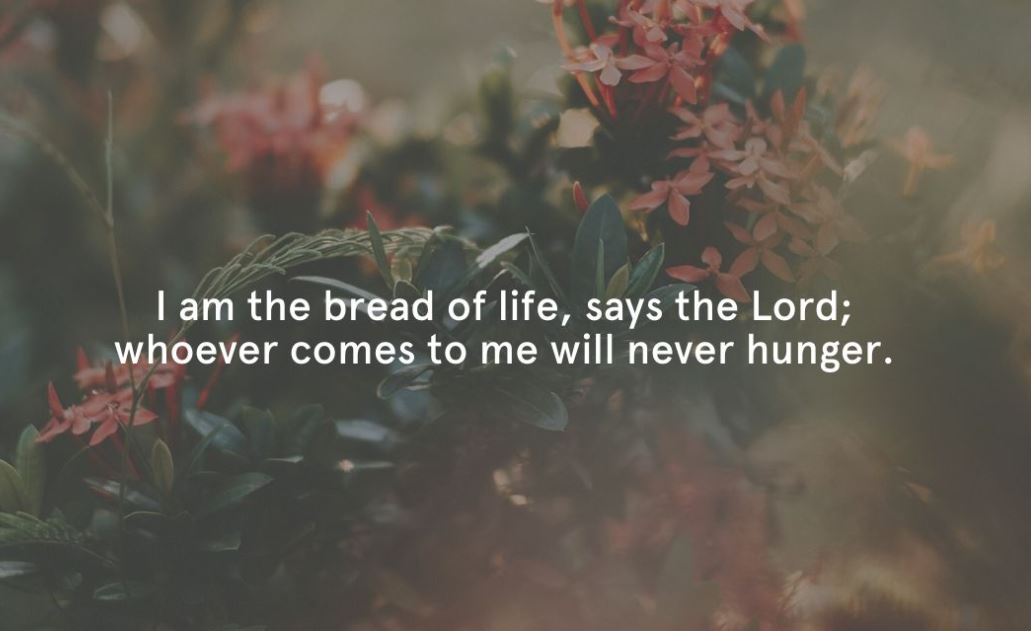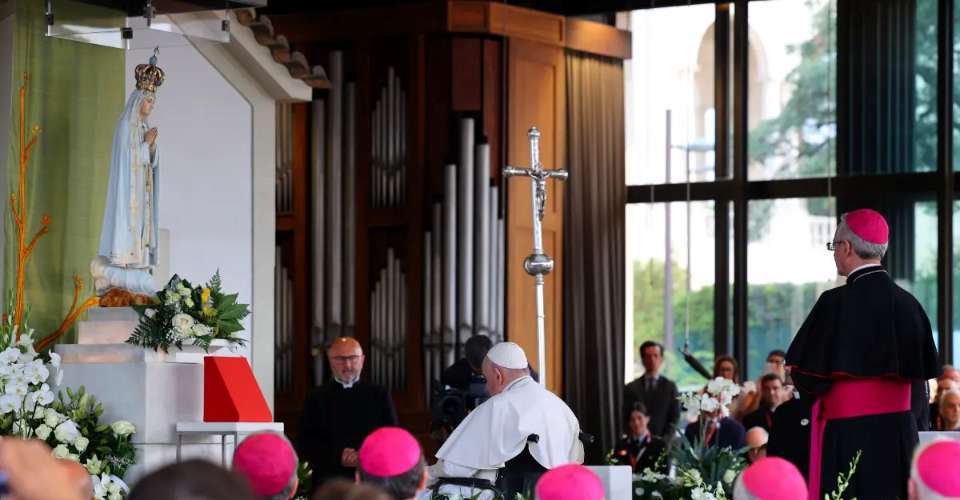
By Jesuit Father Myron J. Pereira
In May 1917, just over a century ago, an event took place near the small town of Fatima, Portugal, which left a lasting impact on the Church.
Three young children, Lucia, Jacinta, and Francisco were tending their families’ flocks of sheep on the hillside, when they saw an apparition of Our Lady, Mary, Mother of Jesus. She spoke to them and gave them a message, or more appropriately, a warning.
These appearances of “the Lady more brilliant than the sun” (as the Blessed Virgin Mary was described) were a small side-show, so to speak, during two far greater cataclysms that rocked the Europe of that time: first, the Great War was in its fourth year, and the slaughter and destruction on each side was immense.
Then, in Oct 1917, the Bolshevik Revolution in Russia took place. It would change the world for decades to come.
Pope Francis is no stranger to political or ecological turbulence. He has drawn flak from several quarters for his welcoming attitude to refugees, and for his encyclical on the environment, Laudato Si’. He knows we are in a crisis akin to the Great War with the savage hostilities in Gaza and in Ukraine.
Marian apparitions
Appearances of Jesus and his Blessed Mother are part of the heritage of latter-day Catholicism, and they inspire mixed feelings in many. Should we take them seriously?
As “private revelations” are they meant for the whole Church? Vatican officialdom always remains cautious, delaying statements on the authenticity of such events for as long as it can.
But folk piety is not so guarded. All the great Marian shrines we know of today — Fatima, Lourdes, Guadalupe, Velankanni, Aparacida — owe their success to popular acclaim and intense devotion. Popular piety is exuberant, irrational, and totally committed to the miraculous presence of the Divine Mother. For ordinary Catholics, it’s a matter of the heart.
As always, the apparitions of “the Lady” of Fatima come with a message for the children who received it. She asked them “to pray a lot, a lot for the sinners and sacrifice a lot, as many souls perish in hell because nobody is praying or making sacrifices for them.”.
Even more, over the six months between May and Oct 1917, the message was encased in “three secrets”:
The first secret was a vision of hell, which the children saw on Jul 13, 1917.
The second secret was to begin the devotion to the Immaculate Heart of Mary as a way to save souls and bring peace to the world. It predicted an end to the Great War, but also something much worse if people did not cease offending God.
The conversion of Russia from atheistic Communism was also part of this secret — though it is amusing to know that when “the Lady” mentioned “Russia,” the little children thought it was the name of some girl. (The October Revolution had not yet taken place!)
The third secret, which Lucia wrote down, sealed and asked that it only be opened in 1960, “because the Blessed Virgin wishes it so” was the most elaborate of them all. In it, “…a bishop dressed in white — the impression was that it was the Holy Father — with other bishops, priests, and religious men and women, were going up a steep mountain, at the top of which there was a big cross. But before reaching there the Holy Father passed through a big city half in ruins. He walked half trembling and with halting step, afflicted with pain and sorrow, praying for the souls of the corpses he met on his way. Having reached the top of the mountain, on his knees at the foot of the big cross he was killed by a group of soldiers who fired bullets and arrows at him…”
In fact, the attempted assassination of Pope John Paul II in 1983 was seen to be part of this secret. The Vatican did not publish the third secret, a four-page, handwritten text, until 26 Jun 2000.
How does Fatima affect our faith?
What impact has the devotion to Our Lady of Fatima upon the devotional lives of Catholics? Considerable, one would say.
It increased the devotion to the rosary; it emphasized the aspect of “reparative suffering” among ordinary Catholics; and for several decades, until the Vatican Council changed our liturgy, the “three Hail Mary’s” at the end of the Mass were offered daily for the conversion of Russia.
In a larger context however, may one ask: how it is that most of these apparitions of Our Lady are made to women and children in the Church, not to men?
Many explanations have been offered, but surely one of them is that for centuries now women and children have been seen as “the least in the kingdom,” “outsiders” to power and influence, which in the Catholic Church is entirely wielded by men, celibate men.
Though women swell the pews and the sanctuary, their role is entirely subservient to what men tell them to do. Theirs is a humble, obedient, supportive role. For as we know, men — clerics particularly — will not share their power easily with women.
But where obedience is the only option, the recipient of an apparition finds a new possibility and discovers that in spite of one’s low status before ordained men, it need not always be so. Mary appears to women as the angel appeared to her: “Hail, full of grace, the Lord is with you.”
All this happens to the lowly — not just to Lucia, Jacinta, and Francesca, but to Bernadette, to Juan Diego, and to the shepherd boy of Velankanni. Spectacular signs and miracles are given not to “insiders” in the Church, but to the “outsiders.”
One century later, what captures and holds the public imagination of Catholics? Not theological statements or papal decrees, not even the collapse of Soviet Russia, but the apparitions of Mother Mary to ordinary women and children, accompanied by “signs and wonders,” of which physical and spiritual healing is the most abundant.
And this is what they say: “Be constant in prayer. Let your sacrifices make up for the wrongdoings in the world. Don’t obsess about this or that secret. Always remember, God continues to give us good surprises…” – UCA News
*The views expressed in this article are those of the author and do not necessarily reflect the official editorial position of UCA News.






















